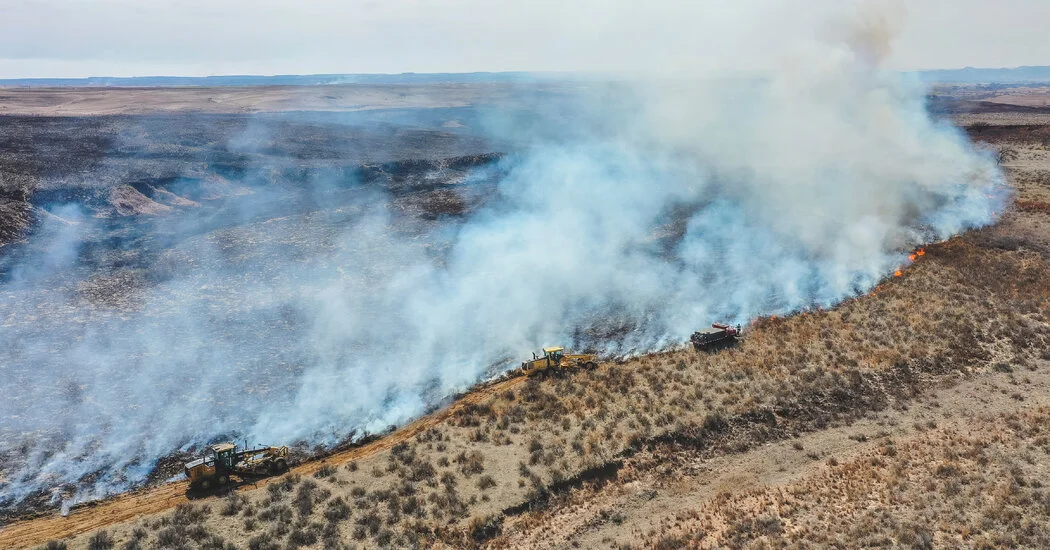Exxon’s own scientists foresaw these fossil fuel-driven anthropogenic changes about a half- century ago, but we’re still not ready for them, and neither are most of our fellow creatures. If I learned one thing from writing about wildfires, it is that this hotter, less stable world is not the “new normal.” We are entering clima incognita — the “unknown climate.” Here be dragons, and some of them are fires 20 miles wide.
My earnest advice is to listen to climate scientists, to meteorologists, to fire officials. They are trying to save your lives. And if you see fire on the horizon, don’t fixate on the flames, pay attention to the wind: If it’s blowing toward you, the embers are, too, and you better get ready to go.



Damn. That’s depressing.